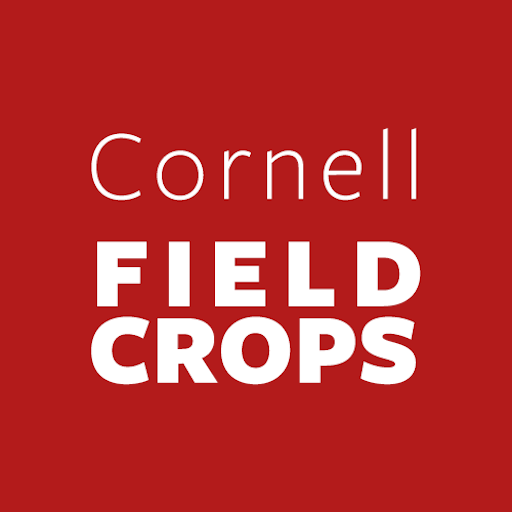Bill Cox, Department of Crop and Soil Sciences, Cornell University
The value of field crops has increased greatly in New York over the last 5 years led by the dramatic increase in the value of grain corn (Fig. 1). The acreage of grain corn has increased significantly, averaging about 600,000 acres from 2007-2011 compared with about 470,000 acres from 2002-2006 (NYS Ag Statistics, 2011). In addition, corn yields have averaged about 138 bushels/acre from 2007-2011 compared with about 119 bushels/acre from 2002-2006. Consequently, the value of corn for grain has averaged about $400 million from 2007-2011, slightly higher than the $385 million value of vegetable production (fresh market and processing together) in New York during the same period (NYS Ag Statistics, 2011).
Additionally, the value of corn silage production averaged about $300 million from 2007-2011, slightly less than the $330 million value of fruit production during the same period (NYS Ag Statistics, 2011). Therefore, because of the dramatic increase in the value of both the grain corn and silage crops, the corn crop had an average value similar to the fruit and vegetable crop values combined from 2007-2011.
The value of soybean has also increased over the last 5 years although at a much lower value than corn (Fig.1). The acreage of soybean has increased significantly, averaging about 245,000 acres from 2007-2011 compared with 170,000 acres from 2002-2006 (NYS Ag Statistics, 2011). As with corn, the average soybean yield also increased, averaging 44 bushels/acre from 2007-2011 compared with 39 bushels/acre from 2002-2006 (NYS Ag Statistics, 2011). Consequently, the value of soybeans averaged about $120 million from 2007-2011 compared with $40 million from 2002-2006 (Fig.1).
In contrast to corn and soybean, wheat acreage has stayed relatively constant, averaging about 115,000 acres from 2007-2011, similar to acreage from 2002-2006 (NYS Ag Statistics, 2011). The average yield, however, increased to 61 bushels/acre from 2007-2011 compared with 56 bushels/acre from 2002-2006. Consequently, the wheat crop had an average value of $35 million from 2007-2011 compared with about $18 million from 2002-2006 (Fig.1). Although the value of wheat straw cannot be quantified, it likely adds an additional $15 million in value to the crop.
Conclusion
The value of total field crop production has increased dramatically over the last 5 years, averaging about $1 billion in 2010 and 2011, about 40% of the value of milk production in New York State (NYS Ag Statistics, 2011). Although field crops have traditionally occupied more than 90% of the crop acreage in New York, field crops have been generally seen as solely providing support to the dairy industry. The dramatic increase in the value of corn, soybean, and wheat over the last 5 years, however, should change the traditional perception of New York field crops. For example, New York traditionally has been a feed grain (corn, soybean, oats, and barley) deficit State feeding about 2 million tons annually but producing only about 1.85 million tons annually from 2002-2006 (NYS Ag Statistics, 2011). Subsequently, feed grain from the Midwest or Canada has traditionally been shipped in to support the feed demand of dairy industry. In contrast, recent feed grain production in New York averaged about 2.7 million tons annually, whereas about 1.9 million tons have been fed annually in New York from 2007-2011. New York is now a feed surplus State and field crops are now marketed to other buyers as well as to the dairy industry.
If this trend continues, NY field crops should be viewed not as an industry that solely supports the dairy industry but rather as a stand-alone industry that provides support to the dairy industry.

